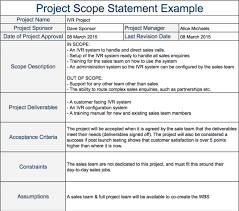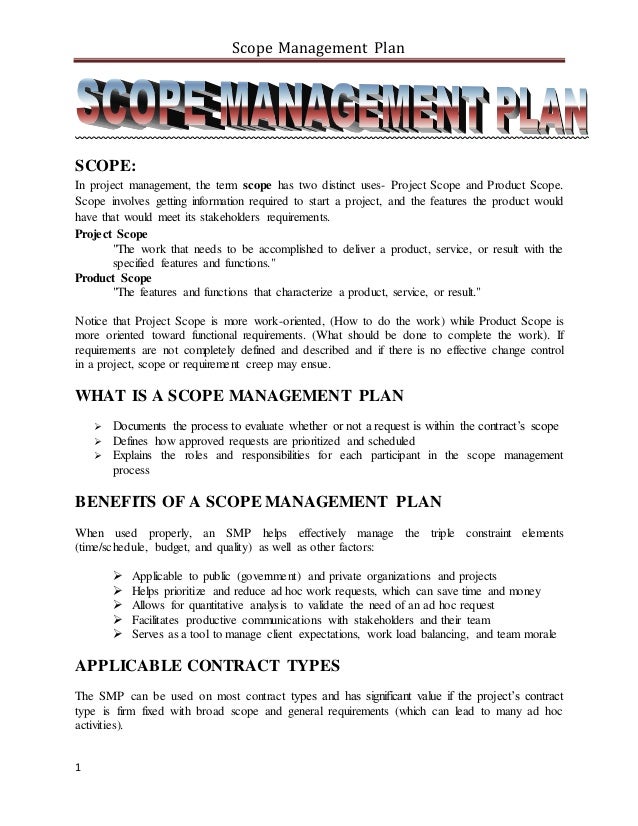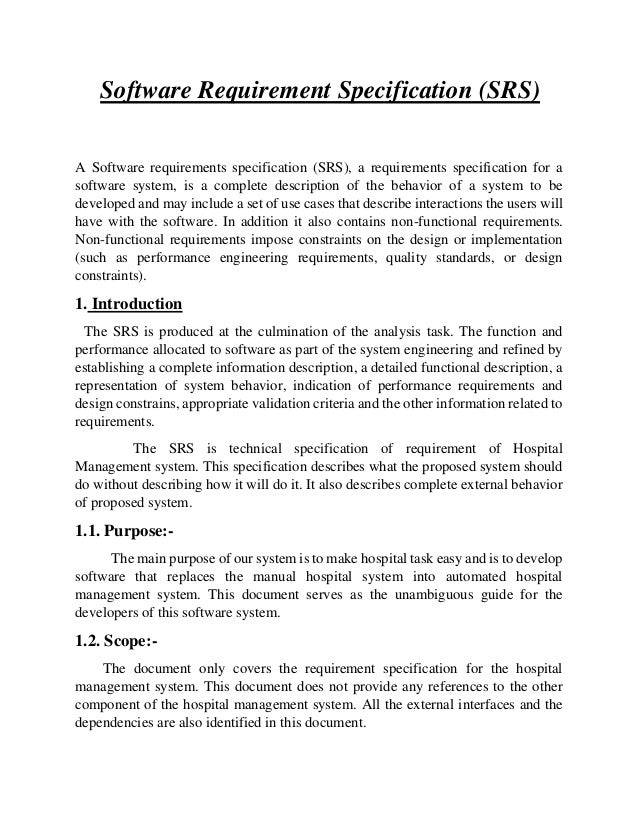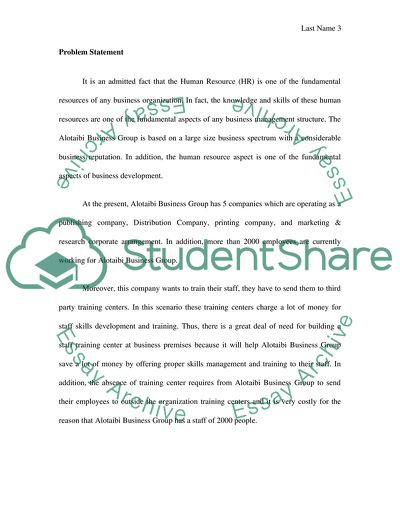Are you searching for 'scope management essay'? Here you can find your answers.
Table of contents
- Scope management essay in 2021
- What is involved in collecting requirements for a project why is it often difficult to do
- Describe different ways to develop a wbs
- Project scope management example
- Describe different ways to develop a wbs and explain why it is often so difficult to do.
- Scope creep definition
- What is project scope management
- Scope management essay 08
Scope management essay in 2021
 This image shows scope management essay.
This image shows scope management essay.
What is involved in collecting requirements for a project why is it often difficult to do
 This image representes What is involved in collecting requirements for a project why is it often difficult to do.
This image representes What is involved in collecting requirements for a project why is it often difficult to do.
Describe different ways to develop a wbs
 This image representes Describe different ways to develop a wbs.
This image representes Describe different ways to develop a wbs.
Project scope management example
 This picture representes Project scope management example.
This picture representes Project scope management example.
Describe different ways to develop a wbs and explain why it is often so difficult to do.
 This picture shows Describe different ways to develop a wbs and explain why it is often so difficult to do..
This picture shows Describe different ways to develop a wbs and explain why it is often so difficult to do..
Scope creep definition
 This image demonstrates Scope creep definition.
This image demonstrates Scope creep definition.
What is project scope management
 This picture demonstrates What is project scope management.
This picture demonstrates What is project scope management.
Scope management essay 08
 This image demonstrates Scope management essay 08.
This image demonstrates Scope management essay 08.
What do you need to know about scope management?
Scope management consists of a series of tasks and steps designed to help the project manager manage the project deliverables, the steps are: (Cook-Davies, T. 2002) Defining the project scope is identifying all the work that the project will accomplish in order to achieve its final goal.
What should be included in a scope statement?
The scope statement should include the project justification, a brief description of the project outputs and its intended benefits, a brief summary of the project major constraints, assumptions and dependencies with other projects or external initiatives and a statement of what constitutes project success.
What is scope in a project management essay?
Click here for sample essays written by our professional writers. Scope is the description of the boundaries of the project. It defines what the project will deliver and what it will not deliver. Scope is the view all stakeholders have from the project; it is a definition of the limits of the project.
What does scope creep mean in project management?
Scope creep, or the uncontrolled changes in a project’s scope, is the tendency of a project to include more tasks than originally specified, which often leads to higher than planned project costs and an extension of the project end date (Cook-Davies, T. 2002)
Last Update: Oct 2021